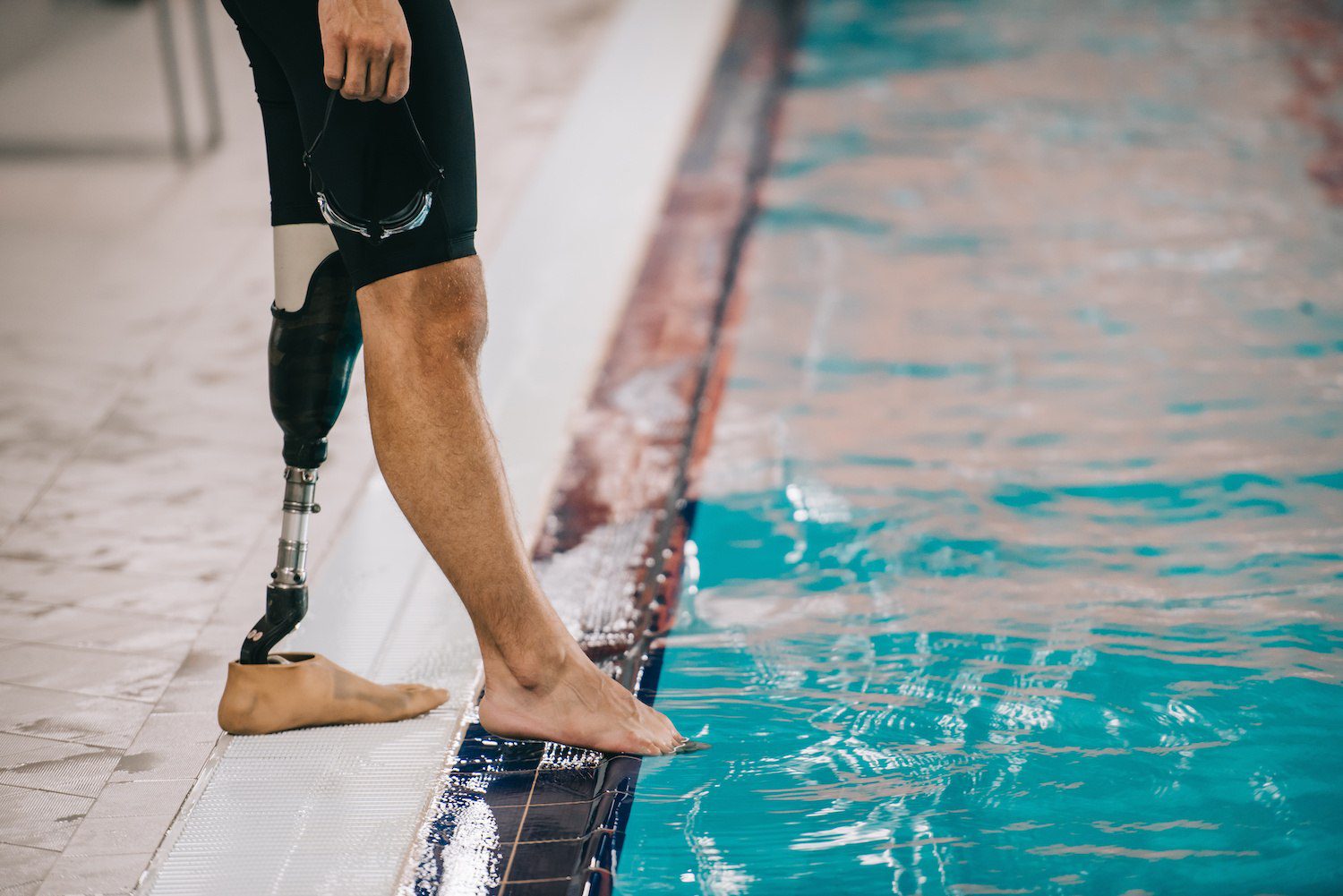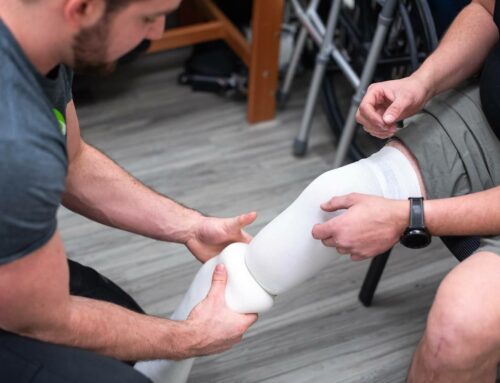
Caring for your Prosthetic
Report any issues to your prosthetist. If you encounter a problem that you don’t know how to fix or are unsure of what to do, contact your prosthetist. Making an adjustment without knowing what you are doing can cause your prosthesis to break, wear out faster or may even cause you personal injury. It is recommended that you check with your prosthetist before making any adjustments on your own.
Listen for unusual noises coming from your prosthesis. If your prosthesis isn’t functioning correctly, you may notice that it makes an unusual noise.
Keep an eye out for any cracks or breaks that appear on your prosthesis. Over time, your prosthesis will suffer from daily wear and tear.
Cleaning your Prosthesis
Clean the gel liner. You should clean your gel liner once every day to prevent health issues and make your liner last longer. Cleaning the liner is a simple process and can be done by following these steps:
Clean your prosthesis socks or sheaths daily. Wearing a prosthesis sock or sheath for more than a day can cause the sock to quickly wear out and may pose a health risk.
Keep the socket of the prosthesis clean. Although your skin won’t come into direct contact with the prosthesis socket, you’ll still need to keep it clean.
Limb Care
Wash your limb daily. Because your limb will be kept inside your prosthesis during the day, your skin is at risk for becoming irritated or infected due to moisture. A small rash or irritation could turn into an ulcer or cut, preventing you from using your prosthesis until it heals. Bathe at night rather than in the morning in order to make it easier to put your prosthesis on in the morning.



